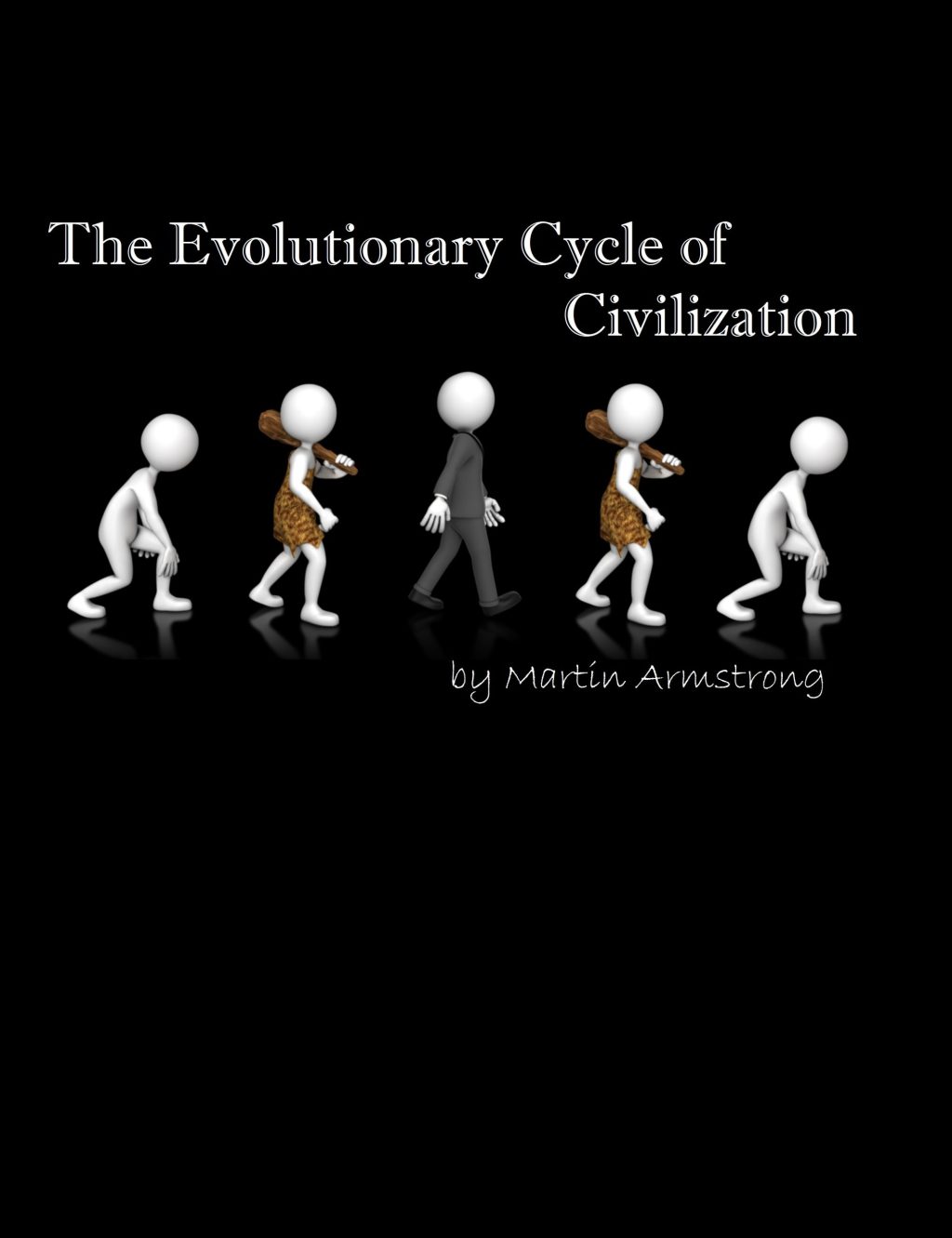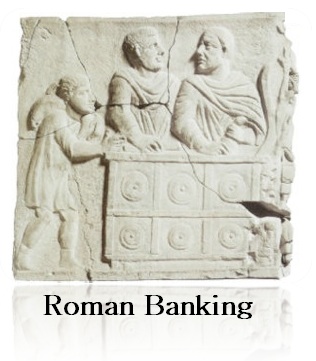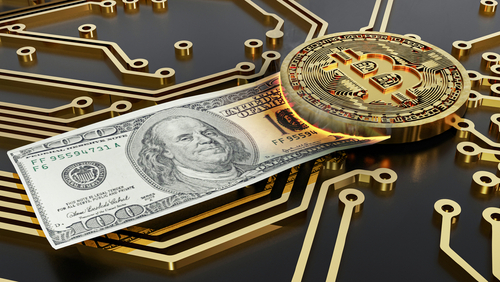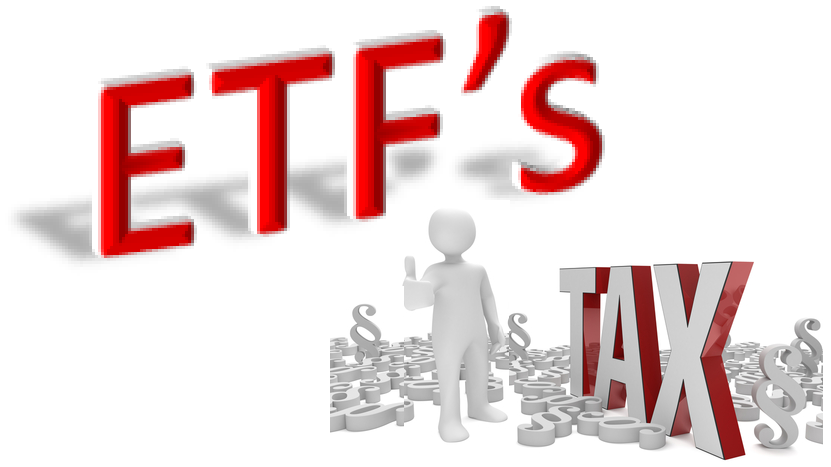QUESTION: We didn’t see Quantitative Easing stimulate the economy? Was it all the money pouring out the cracks to overseas?
Thanks
GH
ANSWER: You have to look deeper than the headlines. Yes, it sounds like a lot of money $85 billion a month should have been inflationary in a closed system. But pick up the rug and you will see the real dirt. The previous Federal Reserve’s Open Market Committee minutes from October 29 had a gem buried in there that I have suggest should be carried out with direct regulation over banks. Buried deep in those minutes was the mention of a possible step to reduce the interest paid to banks on the excess reserves that they hold at the Fed.
Those expecting inflation have not only overlooked the money that leaves the system as China has $3.6 trillion in reserves, but the banks have $2.3 trillion of completely safe assets earning 0.25% that are also these “excess reserves”.. This is not money lent into the economy so it has not created jobs. It has been more hot money as banks are liquid enough to trade with that money rather than lend it out. They are hoarding cash.
The Fed should not pay interest on these reserves and then you will see that they will begin to be employed. They need to restrict their usage and.prevent that money from being used for trading. The banks are there to lend to the economy. If they will not lend to small business, they should pay interest to the fed on “excess reserves” not employed in the economy as LOANS prohibiting their use for proprietary trading. The Fed needs to limit credit card interest to no more than 10% or 3x rates paid on reserves (which is ever lower). The banks are gouging consumers sucking up disposable income by interest charges reducing the purchasing power of the consumer that further suppresses the economy, and then the government keep raising taxes. The consumer is getting squeezed from banks and government.
Banks will scream at what I am saying while they mull it over in Washington behind closed doors. However, food stores do not earn keystone (2x cost) as do clothing and jewelry stores. Banks should not be allowed to gouge consumers to increase their highest rates of returns. We use to have limits on interest rates until Volcker removed them so he could raise rates into 1981. The consumer has been screwed ever since and the national debt exploded that is bow driving up taxes.
Banks should not be hedge funds nor should they be earning 20% interest rates when reserve rates are 0.25%. The $2.3 trillion in “excess reserves” is simply outrageous and ultimately deflationary for it is indistinguishable from hoarding. So Larry Summers should target the real hoarders and not the people.










